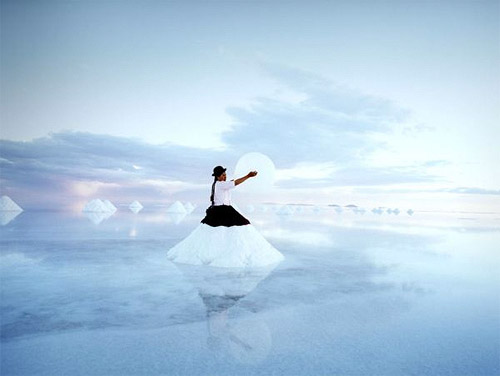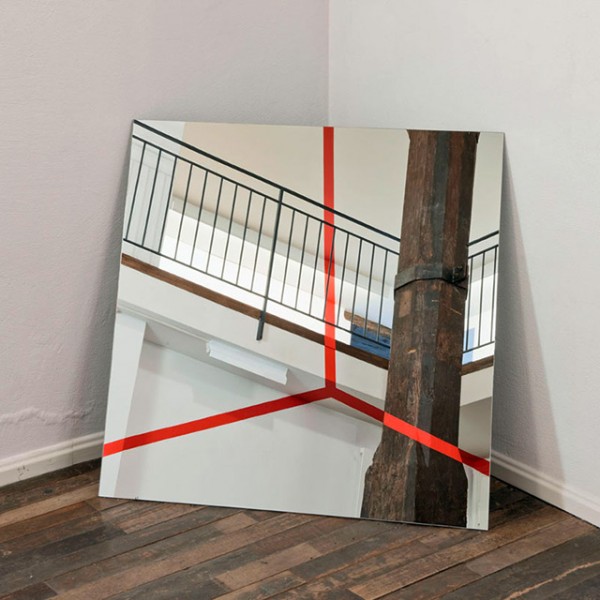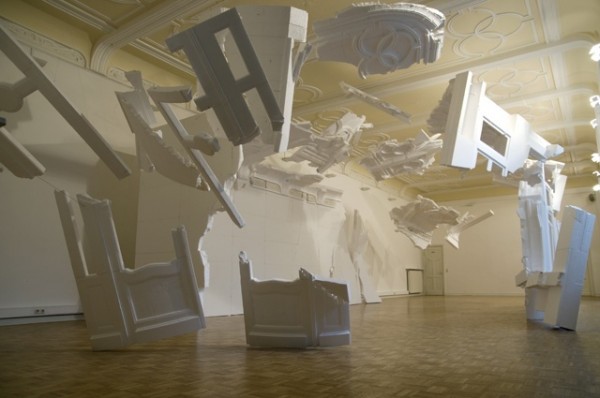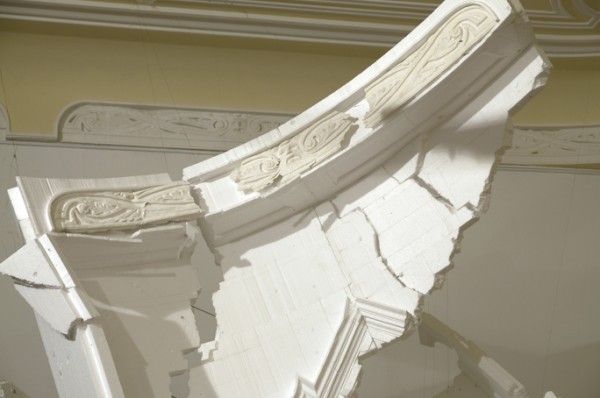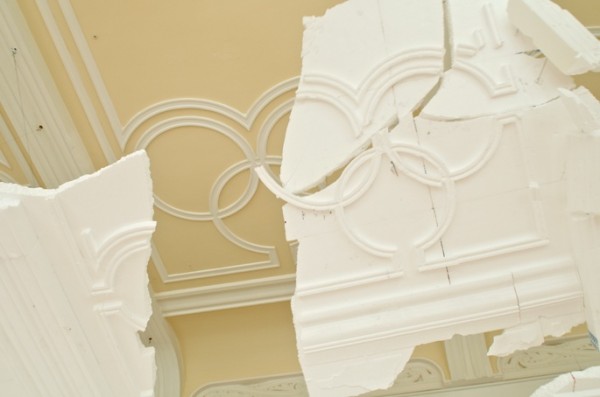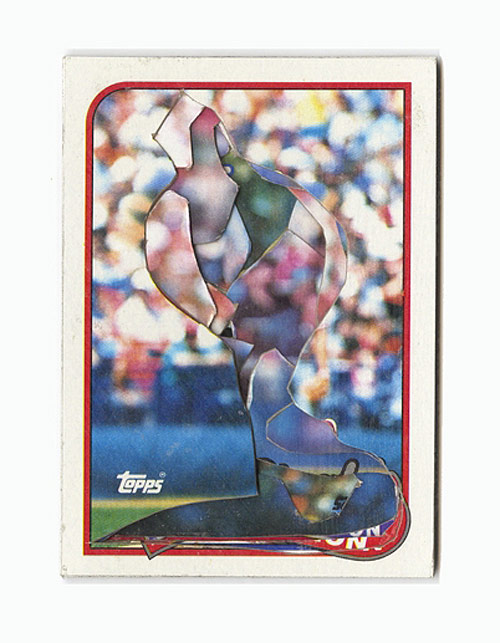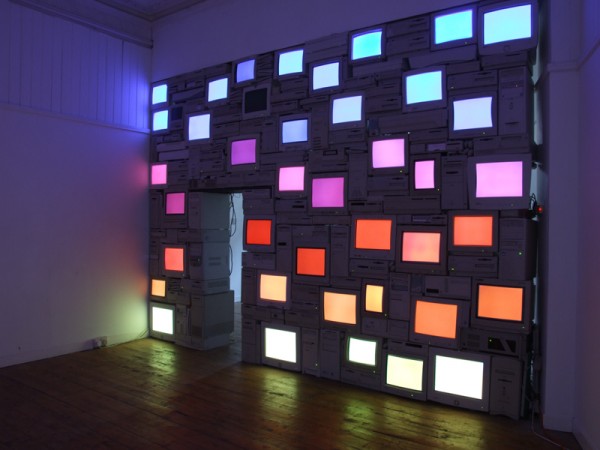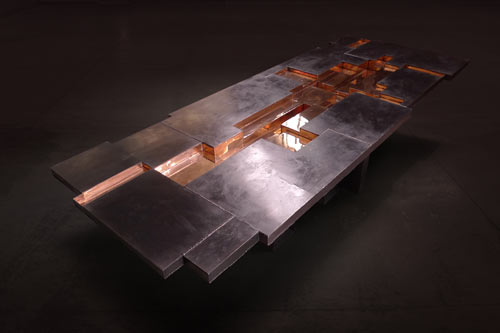Katsuyo Aoki: "

Predictive Dream
Katsuyo Aoki was born in 1972 in Tokyo, JAPAN, he work principally with ceramics, incorporating various decorative styles, patterns, and symbolic forms.

Predictive Dream XV, 2010

Labylinrh, 2005.
Predictive Dream XXIV, 2011.

Predictive Dream

maniera Ⅰ, 2009

Predictive Dream
ARTIST STATEMENT
Currently, I use ceramics as my material in my method of expression, incorporating various decorative styles, patterns, and symbolic forms as my principal axis in creating my works.
The decorative styles and forms I allude to and incorporate in my works each contain a story based on historical backgrounds and ideas, myths, and allegories. Their existence in the present age makes us feel many things,; adoration, some sort of romantic emotions, a sense of unfruitfulness and languor from their excessiveness and vulgarity.
And on the other hand, they make us feel tranquility and awe that can almost be described as religious, as well as an image as an object of worship.
By citing such images, I feel I am able to express an - atmosphere- that is a part of the complex world in this age.
In fact, the several decorative styles and forms I cite simultaneously hold divine and vulgar meaning in the present age, having an irrational quality that contradict each other, which I feel express an important aspect in the contemporary age in which we live.
Also, the technique of ceramics has a tradition that has been a part of the history of decoration over a long time, and I feel the delicateness and fragile tension of the substantial material well express my concept.
Source
Katsuyo Aoki \
Claudio's scrapbook
-
"
